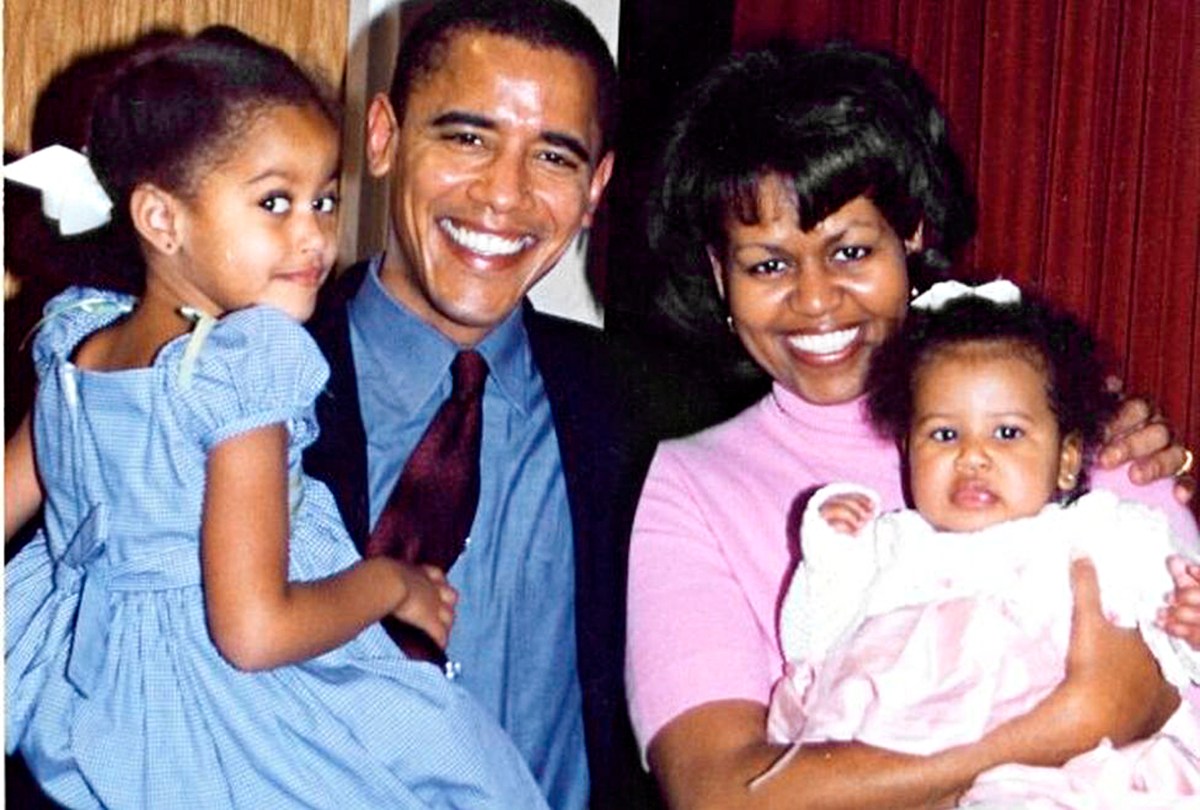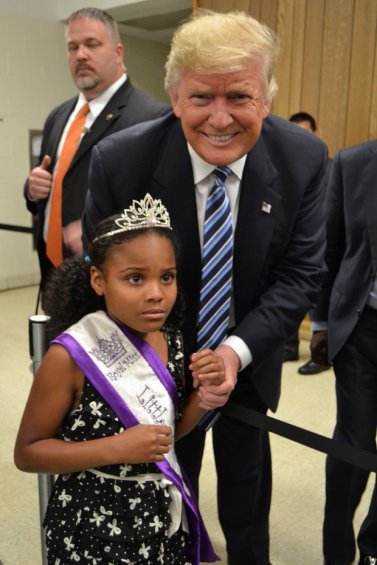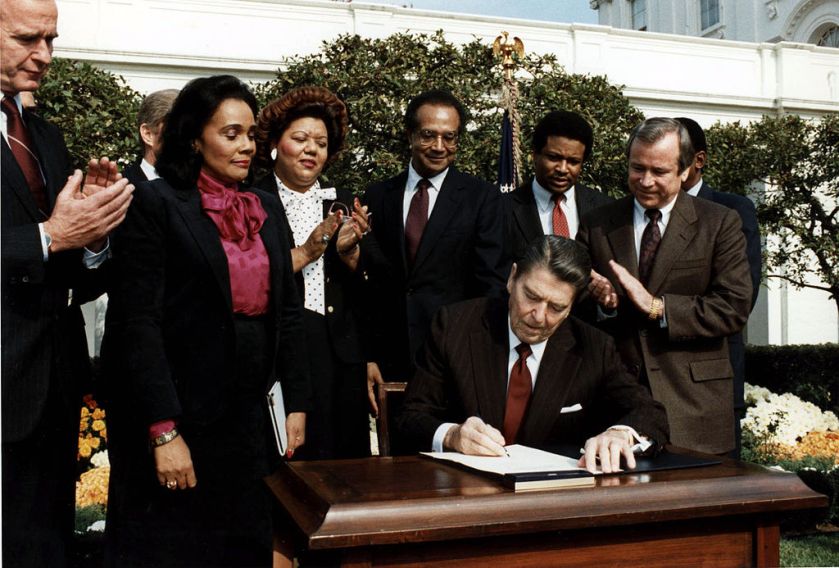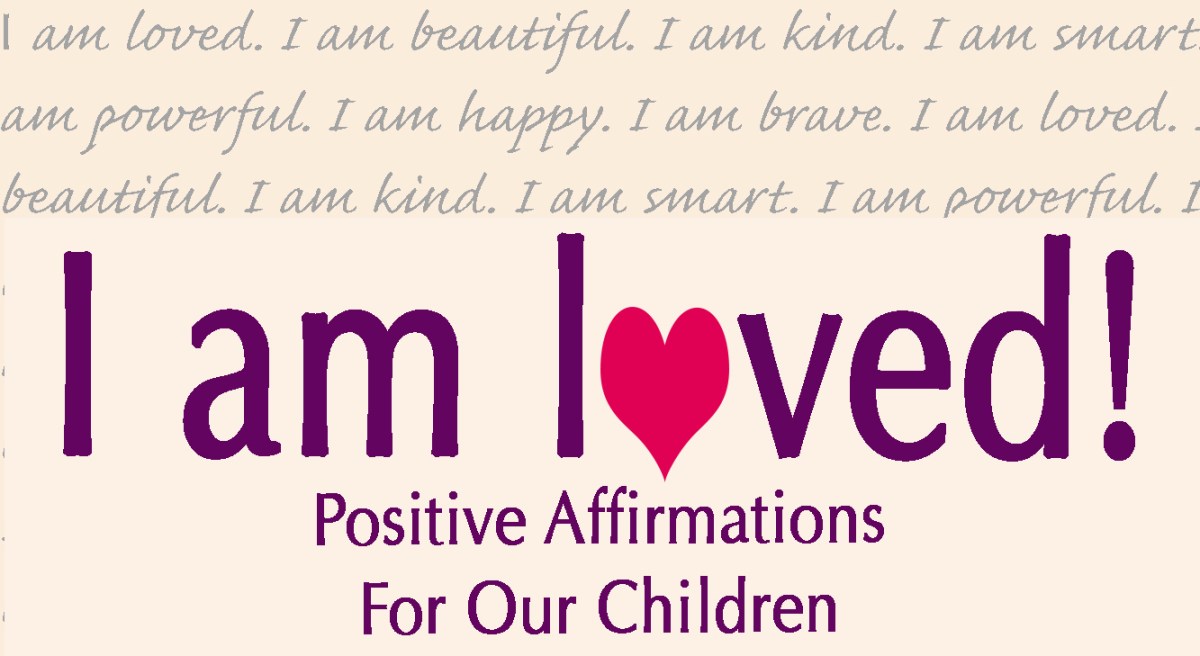Our children deserve to be celebrated! Here are 20 empowering children’s books every parent, grandparent and teacher should have in their collection.
1. Bippity Bop Barbershop by Natasha Anastasia Tarply
From Amazon: In this companion book to the bestselling I Love My Hair, a young boy, Miles, makes his first trip to the barbershop with his father. Like most little boys, he is afraid of the sharp scissors, the buzzing razor, and the prospect of picking a new hairstyle. But with the support of his dad, the barber, and the other men in the barbershop, Miles bravely sits through his first haircut. Written in a reassuring tone with a jazzy beat and illustrated with graceful, realistic watercolors, this book captures an important rite of passage for boys and celebrates African-American identity.
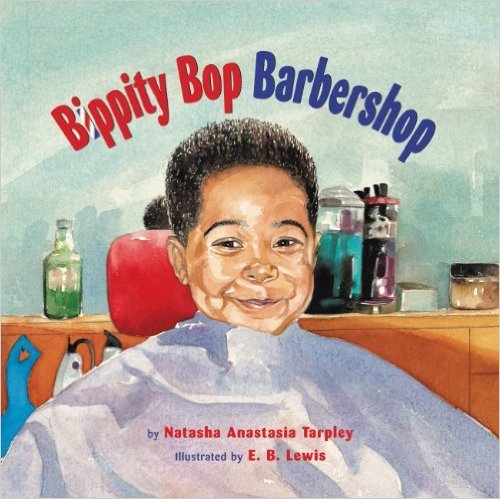
2. No Mirrors in My Nana’s House by Ysaye Barnell
From Amazon: A little girl discovers the beauty in herself–and the beauty of the world around her–not by looking in the mirror but by looking in her Nana’s eyes. Synthia Saint James’s gloriously bright illustrations in this paperback edition show young readers how to see the beauty, and the accompanying CD of Sweet Honey In The Rock singing the song lets them hear it.
3. In Daddy’s Arms I Am Tall by Folami Abiade, et al.
From Amazon: In Daddy’s Arms I Am Tall testifies to the powerful bond between father and child, recognizing family as our greatest gift, and identifying fathers as being among our most influential heroes.
4. I Love My Hair by Natasha Anastasia Tarply
From Amazon: This whimsical, evocative story about a girl named Keyana encourages African-American children to feel good about their special hair and be proud of their heritage. A BlackBoard Children’s Book of the Year.
5. Did I Tell You I Love You Today? by Deloris Jordan
From Amazon: Apart or together, near or far, day or night, from childhood to adulthood — the never-ending reach and power of a mother’s love touches every moment of every day, even when you least expect it. All you need to do is make sure to notice.
6. Marvelous Me by Lisa Bullard
From Amazon: Alex is a marvelous little boy who is just like other people in some ways, such as getting angry sometimes, but also unique because of his special laugh, his grizzly hugs, and his own interesting thoughts. Includes activities.
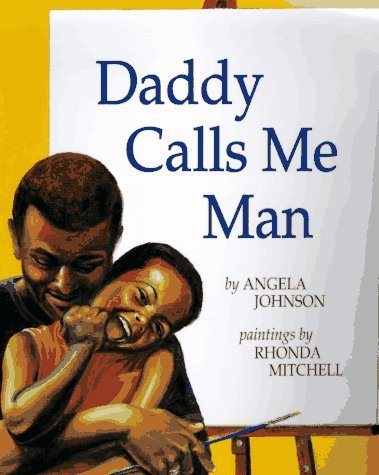
7. Daddy Calls Me Man by Angela Johnson
From Amazon: Inspired by his family experiences and his parents’ paintings, a young boy creates four poems.
8. Happy to be Nappy by bell hooks
From Amazon: Legendary author bell hooks and Caldecott Medalist Chris Raschka present a lyrical celebration, brimming with enthusiasm for girls and their hair. Nominated for an NAACP Image Award, this stunning picturebook is now available again in board book form.
9. Salt in His Shoes by Deloris Jordan
From Amazon: Deloris Jordan, mother of the basketball phenomenon, teams up with his sister Roslyn to tell this heartwarming and inspirational story that only the members of the Jordan family could tell. It’s a tale about faith and hope and how any family working together can help a child make his or her dreams come true.
10. Full, Full, Full of Love by Trish Cooke
From Amazon: For the youngest member of an exuberant extended family, Sunday dinner
at Grannie’s can be full indeed – full of hugs and kisses, full of tasty dishes, full to the brim with happy faces, and full, full, full of love. With a special focus on the bond between little Jay Jay and his grannie, Trish Cooke introduces us to a gregarious family we are sure to want more, more, more of.
11. Dancing in the Wings by Debbie Allen
From Amazon: Sassy is a long-legged girl who always has something to say. She wants to be a ballerina more than anything, but she worries that her too-large feet, too-long legs, and even her big mouth will keep her from her dream. When a famous director comes to visit her class, Sassy does her best to get his attention with her high jumps and bright leotard. Her first attempts are definitely not appreciated, but with Sassy’s persistence, she just might be able to win him over. Dancing in the Wings is loosely based on actress/choreographer Debbie Allen’s own experiences as a young dancer.
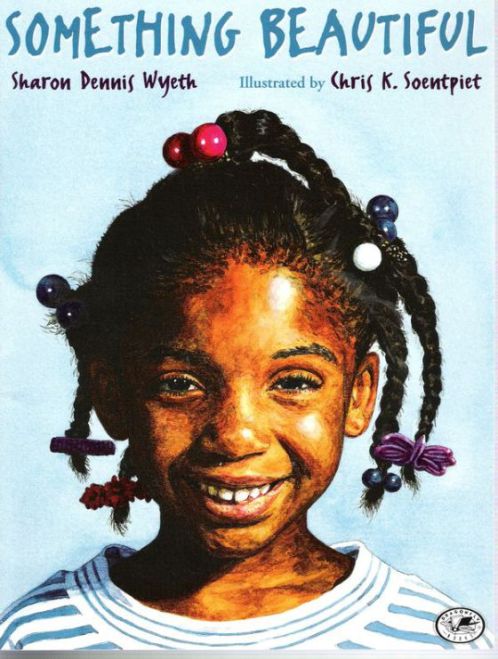
12. Something Beautiful by Sharon Dennis Wyeth
From Amazon: A little girl longs to see beyond the scary sights on the sidewalk and the angry scribbling in the halls of her building. When her teacher writes the word beautiful on the blackboard, the girl decides to look for something beautiful in her neighborhood. Her neighbors tell her about their own beautiful things. Miss Delphine serves her a “beautiful” fried fish sandwich at her diner. At Mr. Lee’s “beautiful” fruit store, he offers her an apple. Old Mr. Sims invites her to touch a smooth stone he always carries. Beautiful means “something that when you have it, your heart is happy,” the girl thinks. Her search for “something beautiful” leaves her feeling much happier. She has experienced the beauty of friendship and the power of hope.
13. I Love My Cotton Candy Hair by Nicole Updegraff
From Amazon: Charlie is a caring, funny and friendly little girl. Like all children she’s beginning to face the struggles that we all go through with finding ourselves and trying to fit in. Follow this series as she learns and grows, and realizes there is nothing better than loving yourself and being happy just the way you are! In the first book of the series, I LOVE My Cotton andy Hair! Charlie rhymes her way into your heart with her perspective on the many goods and bads associated with her naturally curly “cotton candy hair” and finishes by saying “I love my hair and everything that comes with it.” The book is uplifting and fun for all children, but particularly young African American girls who are under a constant barrage of images of what the media identifies as beautiful or “good hair.”
14. I Am Loved! Positive Affirmations For Our Children by Faye McCray
From Amazon: “I am” is one of the most powerful phrases in the English language. What follows has the power to send our children on the path to greatness and fulfillment. This book of positive affirmations is designed to be read aloud with your favorite child or young adult. It is a beautiful collection of all that we see and want to see in the children we love.
15. Big Hair, Don’t Care Crystal by Swain-Bates
From Amazon: Lola has really really REALLY big hair, much bigger than the other kids at her school. Despite her hair blocking the view of anyone that dares sit behind her and causing her to lose at hide and seek, she sings the praises of her big hair throughout this rhyming picture book. Designed to boost self-esteem and build confidence, this beautifully illustrated book is perfect for any girl or boy who has ever felt a bit self-conscious about their hair and may need a reminder from time to time that it’s okay to look different from the other kids at their school.
16. Max and The Tag Along Moon by Floyd Cooper
From Amazon: Max loves his grandpa. When they must say good-bye after a visit, Grandpa promises Max that the moon at Grandpa’s house is the same moon that will follow him all the way home. On that swervy-curvy car ride back to his house, Max watches as the moon tags along. But when the sky darkens and the moon disappears behind clouds, he worries that it didn’t follow him home after all. Where did the moon go—and what about Grandpa’s promise?
17. I am Truly by Kelly Greenawalt
From Amazon: If you believe it, you can achieve it! Princess Truly is smart, courageous, and can do anything she sets her mind to do. She can tame lions, race fast cars, fly to the moon, and dance on the stars.
18. When I’m Old With You by Angela Johnson
From Amazon: A small child imagines a future when he will be old with his Grandaddy. . . . The African-American child and grandfather are distinct individuals, yet also universal figures, recognizable to anyone who has ever shared the bond of family love across generations.
19. A Beach Tail by Karen Lynn Williams
From Amazon: How will Gregory find his way back to Dad?Swish-swoosh . . . Gregory draws a lion in the sand. “Don’t go in the water, and don’t leave Sandy,” warns Dad. But the sandy lion grows a tail that gets longer and longer—and soon Gregory is lost on the beach. This wonderful read-aloud book brings to life a summer experience that is all too familiar for young children.
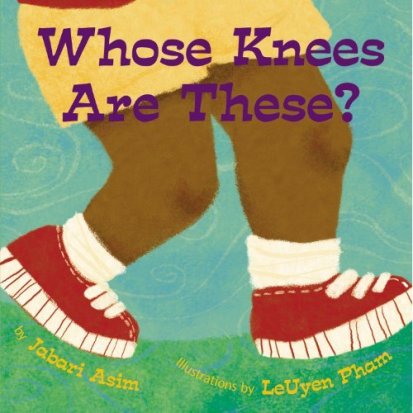
20. Whose Knees are These? by abari Asim
From Amazon: Takes a loving look at knees from the vantage point of a mother’s lap.
***
About The Author
Faye McCray is an attorney by day and writer all the time. Her work has been featured on My Brown Baby, AfroPunk, AfroNews, For Harriet, Madame Noire, Black Girl Nerds, Black and Married with Kids, and other popular publications. Faye also has a number of short stories and a full length novel available for purchase on Amazon. Most importantly, Faye is a proud wife and mother to three beautiful and talented young boys who she is fiercely passionate about raising. You can find Faye on Twitter @fayewrites and on the web at fayemccray.com.
attorney by day and writer all the time. Her work has been featured on My Brown Baby, AfroPunk, AfroNews, For Harriet, Madame Noire, Black Girl Nerds, Black and Married with Kids, and other popular publications. Faye also has a number of short stories and a full length novel available for purchase on Amazon. Most importantly, Faye is a proud wife and mother to three beautiful and talented young boys who she is fiercely passionate about raising. You can find Faye on Twitter @fayewrites and on the web at fayemccray.com.



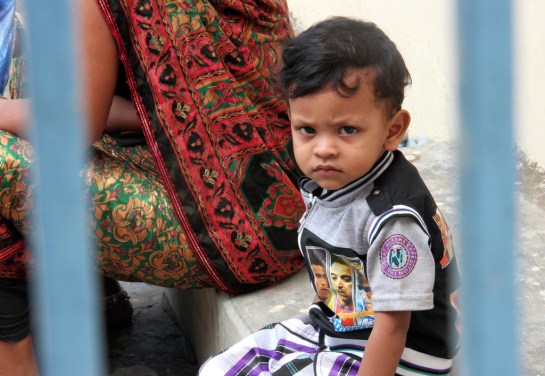


 attorney by day and writer all the time. Her work has been featured on
attorney by day and writer all the time. Her work has been featured on 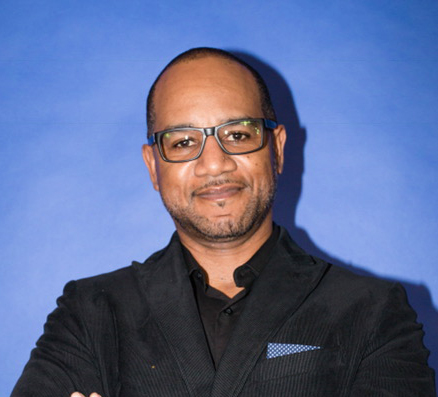



 attorney by day and writer all the time. Her work has been featured on
attorney by day and writer all the time. Her work has been featured on 

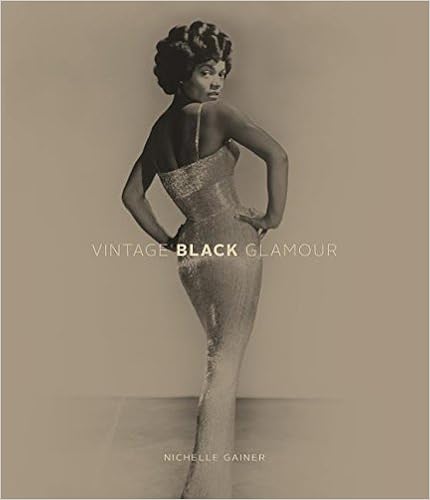
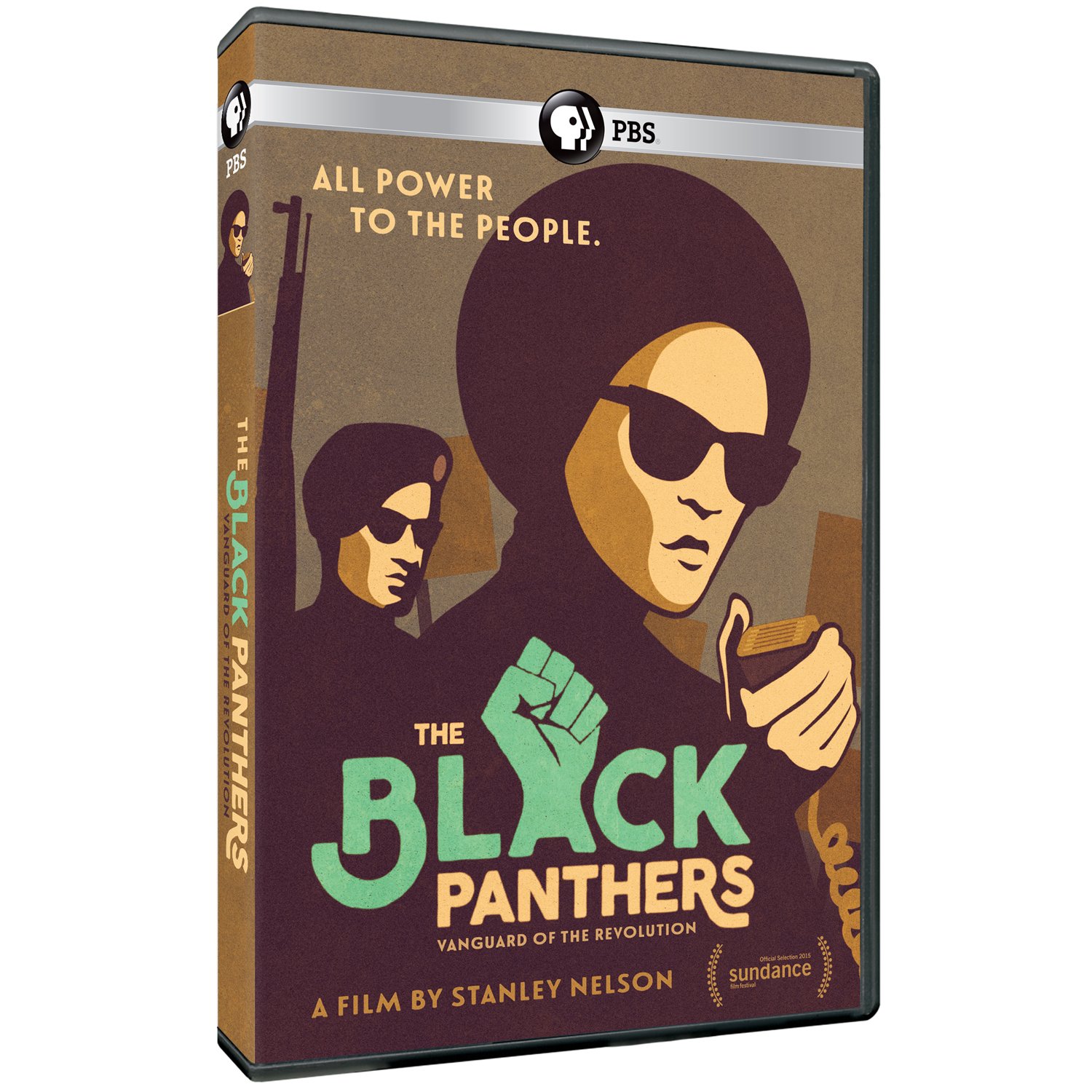

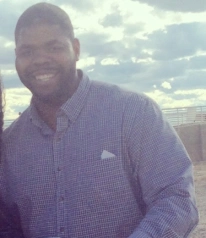 rried father of three amazing sons. He is also a proud graduate of Duke University where he holds a BA in History and African/African American History, and Howard University School of Law. He is also a regular commentator on the
rried father of three amazing sons. He is also a proud graduate of Duke University where he holds a BA in History and African/African American History, and Howard University School of Law. He is also a regular commentator on the 